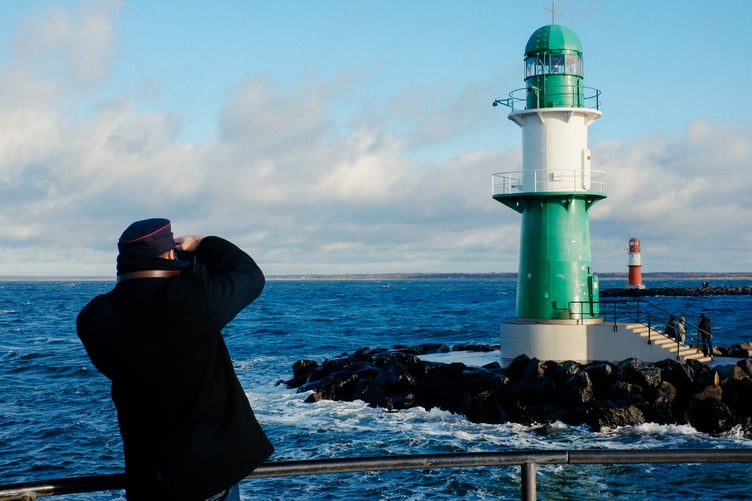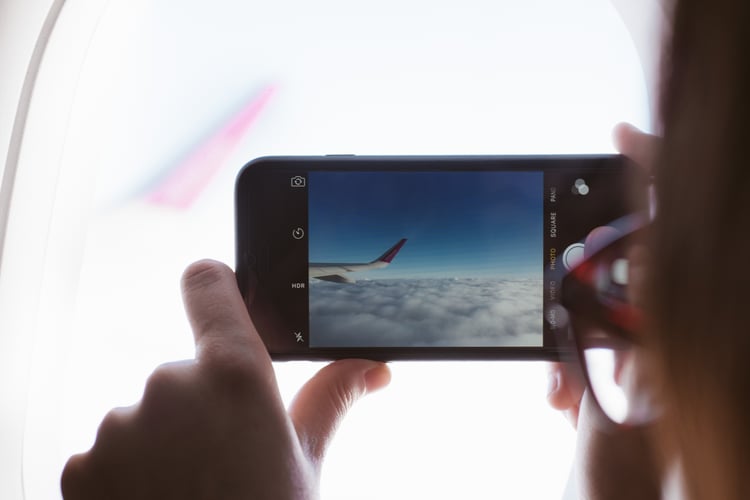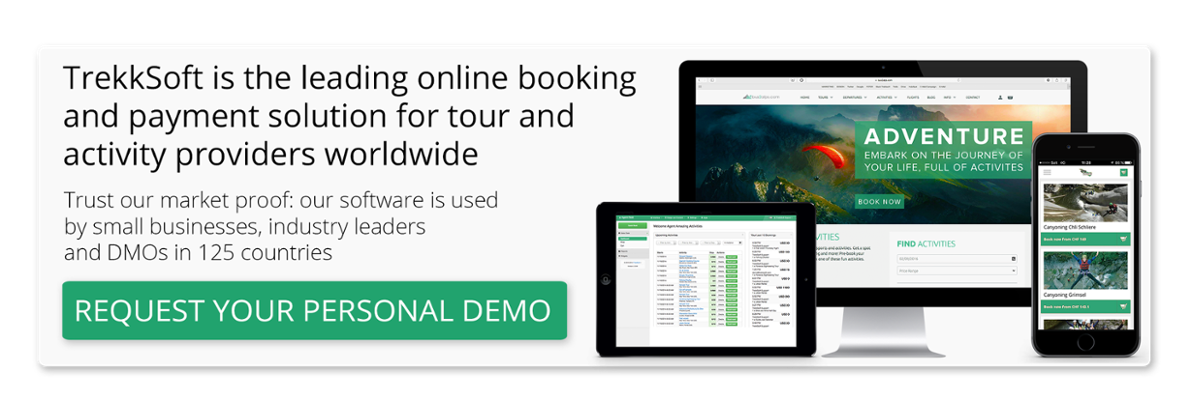If you run a tour or activity company, you might think you know your target market. Alternatively, you might keep your marketing as broad as possible to reach far and wide.
In this article we suggest you have a go at creating personas, whether just as a useful marketing exercise or a way to add purpose to your whole marketing strategy. Here's how to get started...

1. Create personas of the people who book your tours
As HubSpot describes, personas are "fictional, generalized characters that encompass the various needs, goals, and observed behavior patterns among your real and potential customers. They help you understand your customers better".
Think about the people who tend to book your tours or activities and put yourself in their shoes. Who are they? Where do they live and work? Why are they in your destination? Why do they book your tour or activity, and what do they want to gain from it? Give them characteristics.
You might come up with several different personas after thinking about this. There might be the twentysomething year-old student travelling for the summer, the couple on a weekend break, or the parent with his kids. What is the story of each person?
Personas are about defining...
- Common behavior patterns
- Shared pain points (professional, personal)
- Universal goals, wishes, dreams
- General demographic and biographic information

2. Create a persona of your ideal customer
This is the person who loves your tours, leaves you glowing reviews on TripAdvisor, and doesn't haggle when it comes to price. Who are they? What is their story? Understand who they are and you'll be in a better position to attract more of these customers.
3. Define how you should be marketing to each persona
By creating personas for your tour or activity company, you can get to know your customers more personally and understand how you can both attract and delight them.
According to Miranda Miller, personas can:
- Help guide the tone and substance of your content.
- Identify audience needs, wants and pain points.
- Point to content opportunities on specific topics.
- Inform the most effective content promotion on various channels and networks.
- Guide content formatting and placement for maximum engagement and reach.
Think about what channels each persona will be active on or respond to, whether social media, print advertising, or anything in-between.
Here are some sample personas to get your thinking going...
The escapists or adventurers
We've written before about the growing trend of escaping the 9-5 by travelling to new places. 69% of global travelers - of all age groups - are planning to try something new in 2016. 17% will try solo travel for the first time, and 15% will try adventure travel for the first time.
How to market to them: Publish great content that lets the escapists among us to indulge in our wanderlust. Share blog posts of top places to visit and unique experiences to try, accompanied by great visuals that get us booking flights (and your tour or activity!)

The learners
Tourists are increasingly wanting to learn as they travel, especially young (or millennial) travellers. Do you provide informative historical or cultural tours that are in a great position to respond to this trend?
How to market to them: Emphasise the unique opportunities to gain new insights during your tours. Perhaps your customers can chat to locals on your walking tour, or learn all about the region's best cuisine from a lifelong expert. What can people learn from you that they can't elsewhere?

The super-connected travellers
There's no doubt about it: we're all becoming more connected. When it comes to travel, Asian travelers are the least likely to use offline methods to book accommodation, US, UK and Italian travelers stand out as online booking channel users, and the Chinese are most likely to make bookings via mobile apps.
How to market to them: Make sure you're using mobile-optimised booking software, such as TrekkSoft. Also it's definitely worth being active on social media plus review sites like TripAdvisor (as well as its global counterparts).

The packed-itinerary travellers
These are the travellers who make the most of every minute of their trip. To help them plan every detail, they may well be avid TripAdvisor users too. 4 in 5 TripAdvisor users will “usually” or “always” reference reviews before deciding on an attraction to visit. This is especially the case for Australian travellers (82%) and Generation X (74%).
How to market to them: As well as increasing your positive TripAdvisor reviews, you can encourage your customers to submit photos with reviews: 76% of TripAdvisor users agree that traveler-submitted photos influence their booking decision!





